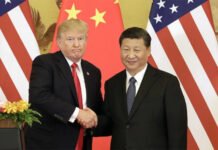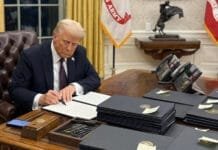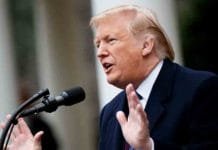Elon Musk Advocates for Federal Spending Cuts While Accepting Departmental Errors
Elon Musk, the billionaire entrepreneur and current head of the Government Efficiency Department, addressed the media at the White House on Tuesday. Speaking in the Oval Office alongside former President Donald Trump, Musk strongly defended his aggressive cost-cutting measures within the federal government. At the same time, he candidly admitted that his department had made some mistakes and that further errors were likely as they continued to refine governmental processes.
Musk’s Vision for Government Efficiency and Spending Reductions
Under Musk’s leadership, the Government Efficiency Department has enacted sweeping reforms aimed at reducing federal expenditures and improving overall operational effectiveness. His approach has included eliminating redundant programs, leveraging artificial intelligence (AI) and automation, and streamlining bureaucratic procedures.
Musk emphasized that wasteful spending has been a chronic issue in federal governance, and without radical reform, taxpayers would continue to bear unnecessary financial burdens. “The American people deserve a government that operates as efficiently as a world-class business,” he stated.
Challenges and Criticism Surrounding Musk’s Policies
Despite Musk’s ambitious efforts, critics argue that his cost-cutting initiatives have led to significant disruptions. Some government employees have raised concerns about job losses, while others fear that essential services may suffer due to a hyper-focus on fiscal efficiency.
Musk addressed these concerns directly, acknowledging that not every policy has been executed flawlessly. “Mistakes have been made, and more will likely follow,” he admitted. However, he reassured the public that course corrections would be implemented as necessary to ensure that efficiency did not come at the cost of essential public services.
The Role of DOGE in Government Transactions: A Controversial Move
One of Musk’s most debated policy decisions has been the incorporation of Dogecoin (DOGE) in certain government transactions. While some have hailed this move as a step toward financial modernization, others see it as a risky gamble.
During his White House appearance, Musk defended this initiative, arguing that cryptocurrency adoption could help reduce transaction fees and increase transparency in government finances. “Digital currency is the future, and we need to be ahead of the curve,” he stated.
Opponents, however, worry about volatility and regulatory challenges associated with cryptocurrencies. Some lawmakers have called for stricter oversight to ensure that taxpayer funds are not exposed to unnecessary risks.
Government Restructuring and Musk’s Long-Term Strategy
Musk outlined his long-term vision for a leaner, more efficient federal government. His restructuring plan includes:
- AI-driven decision-making to minimize human error and bureaucratic delays.
- Abolishing redundant agencies that duplicate efforts and drain federal resources.
- Digitization of paperwork to improve efficiency and reduce administrative costs.
- Privatization of certain government functions to leverage the expertise of the private sector.
“We are not just trimming excess; we are fundamentally redesigning how the government operates,” Musk declared.
Public Reaction and Future Outlook
Reactions to Musk’s policies remain divided. While supporters argue that his efforts could create a more accountable and fiscally responsible government, critics worry that drastic budget reductions could compromise essential services.
The coming months will be critical in determining whether Musk’s approach will lead to long-term benefits or whether the backlash will force a shift in policy. However, one thing remains clear: Elon Musk’s tenure in the Government Efficiency Department is redefining how federal spending is managed.
















